Welcome, fellow adventurers, to the realm of Steampunk Fantasy in Film and Television, a domain where steam-powered machinery and Victorian elegance collide to create a spectacle for the senses. In this article, we’ll journey through the cobbled streets and smog-filled skies of Steampunk narratives, exploring how this unique genre has left its indelible mark on the silver screen and the television landscape. Grab your goggles and let’s embark on this cinematic adventure, where every frame is a story and every character a testament to human creativity.
The Essence of Steampunk on Screen
What is Steampunk?
Before we embark on our cinematic journey through the gears and steam of Steampunk in film and television, let’s pause for a moment to truly understand the essence of this fascinating genre. Steampunk is more than just a category; it’s a unique blend of history and fantasy, where the elegance and societal norms of the Victorian era meet futuristic innovations inspired by industrial steam-powered machinery. It’s a world where airships dominate the skies, and intricate gadgets are a part of everyday life, a realm where the past and the future meld together in an anachronistic symphony of adventure and creativity.
But what breathes life into this genre? What are the real-life inspirations that fuel the fire of Steampunk’s steam engines? Let’s turn the pages of history to the period of rapid industrial growth and innovation – the Victorian era. This was a time of remarkable change, where society was transformed by the power of steam and the ingenuity of inventors. One such figure who embodies the spirit of Steampunk is Isambard Kingdom Brunel, an iconic engineer of the 19th century. Brunel was responsible for constructing revolutionary ships, bridges, and railways that changed the face of Britain and the world. His creations were not just feats of engineering but also works of art, much like the fantastical inventions we see in Steampunk narratives.
Another inspiration comes from the realm of fiction itself – the works of Jules Verne and H.G. Wells. These authors spun tales of submarines journeying through the depths of the ocean and time machines transporting their occupants to distant futures or pasts. Their visionary stories laid the groundwork for the Steampunk genre, marrying scientific discovery with imaginative speculation.
Understanding these real-life inspirations helps us appreciate Steampunk not just as a form of entertainment but as a celebration of human creativity and the relentless pursuit of progress. It’s a reminder that the world we live in today was once the fantastical vision of yesterday’s dreamers. As we delve into the portrayal of Steampunk in film and television, remember that each airship, each pair of goggles, and each steam-powered gadget on screen is a nod to the inventors and visionaries who dared to dream of a world filled with wonder and discovery.
The Visual Splendor
Steampunk brings a distinct visual flair to film and television, enchanting viewers with its unique blend of the past and the future. Its signature aesthetic is a feast for the eyes, featuring intricate gadgets that showcase the imaginative power of human ingenuity. Elaborate costumes combine the elegance of Victorian fashion with the ruggedness of industrial machinery, creating characters that are both timeless and boldly innovative. Meanwhile, stunning set designs construct worlds where steam-powered technology and gothic architecture coexist, transporting viewers to an era that never was but feels as real as our own. Together, these elements create a visual tapestry that’s unmistakably Steampunk, inviting audiences into a realm where every detail tells a story of adventure and invention.
Pioneering Films: Where It All Began
Early Portrayals
To truly appreciate the evolution of Steampunk in cinema, we must journey back to the early days, to the pioneering works that first introduced audiences to this world of cog-driven wonders. These initial portrayals were crucial in setting the stage for future narratives, embedding the genre’s aesthetic and themes into the fabric of cinematic storytelling.
One notable early example is the 1954 film “20,000 Leagues Under the Sea,” based on Jules Verne’s classic novel. This film brought to life the iconic Nautilus submarine, a marvel of Victorian engineering and imagination. With its riveted iron plates and ornate interior, the Nautilus embodied the Steampunk spirit of blending the historical with the fantastical. The film’s depiction of technology, adventure, and exploration captured the essence of Steampunk and laid a foundation for future filmmakers to build upon.
As audiences marveled at the Nautilus’s intricate design and the story’s blend of science and adventure, “20,000 Leagues Under the Sea” set a precedent for how Steampunk could be translated onto the screen. It wasn’t just about the visual spectacle; it was about creating a sense of wonder and possibility that resonated with the viewer’s imagination. This early foray into Steampunk on film proved that the genre’s blend of past and future, of technology and adventure, had a special place in cinema, one that would continue to inspire and evolve in the decades to come.
Iconic Steampunk Movies
Several films have become cornerstones of the Steampunk genre, each contributing to its popularity and development with their imaginative storytelling and distinct visual aesthetics. One iconic film that stands out is “The League of Extraordinary Gentlemen” (2003). While the movie received mixed reviews, its impact on the visual and thematic elements of Steampunk is undeniable.
“The League of Extraordinary Gentlemen” brings together a band of Victorian literary characters, each with their unique abilities and Steampunk-inspired gadgets. The film is a visual feast, showcasing a world where innovation and fantasy collide. From Captain Nemo’s advanced submarine, the Nautilus, to the various steam-powered devices and weapons used by the characters, the film immerses viewers in a distinctly Steampunk universe.
Its influence lies in how it captured the imagination of audiences and filmmakers alike, demonstrating the vast potential of the genre on the big screen. The film’s combination of historical figures and settings with futuristic technology embodies the core of Steampunk, inspiring future cinematic works to explore and expand upon this juxtaposition. “The League of Extraordinary Gentlemen,” despite its critiques, remains a touchstone for the genre, showcasing the endless possibilities of Steampunk storytelling and aesthetics in film.
Steampunk on the Small Screen
Television Takes on Steampunk
Television offers a unique canvas for Steampunk, allowing for an expansive exploration of its themes and aesthetics over multiple episodes and seasons. One show that has adeptly incorporated the Steampunk genre into its world is “The Secret Adventures of Jules Verne” (2000). Set in the 19th century, the series follows the fictional adventures of a young Jules Verne and his companions as they journey around the world in the airship Aurora, encountering various Steampunk-inspired technologies and challenges.
The show delves deep into the heart of Steampunk, not just visually but thematically. It imagines the inventions and adventures that might have inspired Verne’s classic novels, blending historical elements with speculative technology. The Aurora itself is a quintessential Steampunk creation, combining Victorian design with advanced features and serving as the central hub for the characters’ escapades.
“The Secret Adventures of Jules Verne” demonstrates how television can use the serial format to gradually build a rich, immersive Steampunk world. It explores the implications of the genre’s inventions on society, politics, and the characters themselves, offering a nuanced portrayal that captures the spirit of Steampunk. By dedicating time to character development and complex story arcs, the show allows viewers to fully engage with and understand the Steampunk elements, making it a notable example of how the genre can be successfully adapted for the small screen.
Character and Plot in Steampunk Series
Steampunk TV series offer a unique opportunity to delve deeper into the genre’s themes and intricacies, thanks to the extended time available for character and plot development. One prime example is the character development and plot seen in the TV series “Warehouse 13” (2009-2014). The show follows the lives of Secret Service agents who are tasked with collecting powerful and often dangerous artifacts, many of which are infused with a distinctive Steampunk aesthetic and origin.
Characters in “Warehouse 13” are not static; they evolve with each episode, shaped by their interactions with the artifacts and the moral dilemmas these objects often present. The series uses its Steampunk elements not just for visual flair but as a means to explore deeper themes such as the responsibility of power, the ethical implications of technology, and the human desire to control and understand the unknown.
The artifacts themselves, central to the show’s plot, are often Steampunk-inspired creations with complex backstories that blend historical fact with fantasy. They serve as catalysts for the story, driving the plot forward and providing a window into the series’ richly imagined world. Each artifact brings a new adventure, a new challenge, and a new opportunity to explore the boundaries of the genre.
“Warehouse 13” is a testament to how Steampunk in television can do more than dazzle with brass and gears; it can create a compelling narrative that weaves together the past, present, and future, offering viewers a deeper understanding of the genre’s possibilities and a more profound connection to its characters. Through its imaginative plot and dynamic characters, the show invites viewers into a world where the wonders of Steampunk are not just seen but felt and experienced over time.
The Future of Steampunk: Evolving Narratives
Innovations and Trends
As we gaze into the future of Steampunk in film and television, it’s evident that the genre is evolving and expanding in exciting new directions. Creators are not just rehashing old tropes but are pushing the boundaries to explore fresh narratives and visual styles.
One trend is the fusion of Steampunk with other genres. Filmmakers and showrunners are blending Steampunk elements with horror, fantasy, and even post-apocalyptic themes to create unique hybrid worlds. This approach broadens the genre’s appeal and allows for more diverse and complex storytelling.
Another emerging trend is the deeper exploration of social and political themes within Steampunk settings. As the genre matures, there’s a growing focus on how the societal structures and technologies of Steampunk worlds impact individuals and communities. This leads to more nuanced and thought-provoking narratives that resonate with contemporary issues.
Moreover, advancements in special effects and CGI are enabling creators to bring the intricate and ornate details of Steampunk to life in more vivid and spectacular ways. This technological evolution allows for more immersive and visually stunning depictions that were previously difficult or impossible to achieve.
Finally, there’s a noticeable shift towards more character-driven stories. Instead of just marveling at airships and gadgets, audiences are being drawn into the personal journeys of the characters, who often grapple with the implications of the technology and society they inhabit. This character-centric approach adds emotional depth and helps viewers form a stronger connection with the Steampunk world.
As Steampunk continues to evolve in film and television, it’s clear that the genre is not running out of steam. Instead, it’s gearing up for a future filled with even more innovation, diversity, and imaginative storytelling. The cogs and wheels of Steampunk are turning faster than ever, driving it towards new horizons and possibilities.
Steampunk’s Influence on Mainstream Media
Steampunk’s influence on broader trends in film and television is profound and multifaceted, impacting everything from fashion and aesthetics to narrative themes. Its distinctive blend of Victorian elegance and futuristic innovation has left an indelible mark on the creative landscape.
In terms of fashion and aesthetics, Steampunk has introduced a whole new vocabulary of style into film and television. Its signature elements – corsets, top hats, brass goggles, and intricate machinery – have been adopted and adapted in various ways. Designers on and off-screen are drawing inspiration from Steampunk’s unique fusion of historical and fantastical elements, creating costumes and sets that resonate with its distinct look and feel. Even in productions not explicitly labeled as Steampunk, you can often see its influence in the detailed, anachronistic design choices that give a nod to the genre’s aesthetic.
Narratively, Steampunk has encouraged a more imaginative and boundary-pushing approach to storytelling. It’s a genre that naturally lends itself to exploration of themes like the impact of technology on society, the clash between tradition and progress, and the spirit of adventure and discovery. These themes have found their way into a broader range of films and television shows, encouraging creators to blend historical settings with speculative elements and to question the potential paths of human development.
Moreover, Steampunk has helped popularize a more holistic and immersive approach to world-building. The genre is known for its meticulously crafted universes, where every detail contributes to the setting’s authenticity and depth. This attention to world-building has influenced other genres, encouraging filmmakers and showrunners to create more richly imagined and coherent worlds, no matter the setting.
Lastly, Steampunk’s emphasis on individualism and subversion of norms has inspired characters and plots that challenge societal expectations. It celebrates the inventor, the explorer, the rebel – archetypes that have become more prominent in mainstream media narratives. Characters inspired by Steampunk often defy their era’s restrictions, reflecting the genre’s spirit of innovation and resistance.
In sum, Steampunk’s influence on film and television is evident in the unique aesthetic details, the adventurous and speculative narratives, the comprehensive world-building, and the celebration of individuality and subversion of norms. Its legacy is a testament to the genre’s enduring appeal and its ability to inspire creativity across the spectrum of visual storytelling.
In Conclusion: The Lasting Impact of Steampunk
As we conclude our exploration of Steampunk Fantasy in film and television, it’s clear that the genre’s impact extends far beyond the screen. These stories, with their blend of Victorian elegance and futuristic innovation, do more than entertain; they ignite the imagination, challenge us to think creatively, and inspire us to dream of worlds beyond our own.
Steampunk has given audiences a unique lens through which to view the past, present, and future. It encourages a playful yet thoughtful reimagining of technology and history, prompting us to consider the ‘what ifs’ and the paths not taken. The genre’s distinctive aesthetic, a tapestry woven from the threads of both nostalgia and speculation, has left a lasting visual legacy that continues to influence fashion, design, and art.
Moreover, Steampunk’s narratives often revolve around themes of exploration, innovation, and the resilience of the human spirit. These stories inspire us to push boundaries, to question the status quo, and to believe in our capacity to build and imagine. The genre celebrates the tinkerer, the dreamer, the rebel – reminding us that progress and change often begin with a single bold idea.
The genre also serves as a reminder of the importance of looking at our world through a lens of wonder and possibility. In an age dominated by technology and rapid change, Steampunk offers a creative refuge and a playful space to contemplate the relationship between humanity and its creations.
As Steampunk continues to evolve and inspire new generations of filmmakers, showrunners, and audiences, its legacy as a genre that captivates the imagination and celebrates human ingenuity is secure. These stories are more than just entertainment; they are invitations to adventure, to creation, and to dreaming of the impossible made possible. In the realm of Steampunk, the journey never truly ends, and the gears of imagination continue to turn, powering us toward ever more fantastical horizons.
Remember to visit our other articles for more insights into the fascinating world of Steampunk. The genre’s journey on screen is far from over, and with each new film and TV show, we are invited to witness the unfolding of this imaginative and captivating narrative.

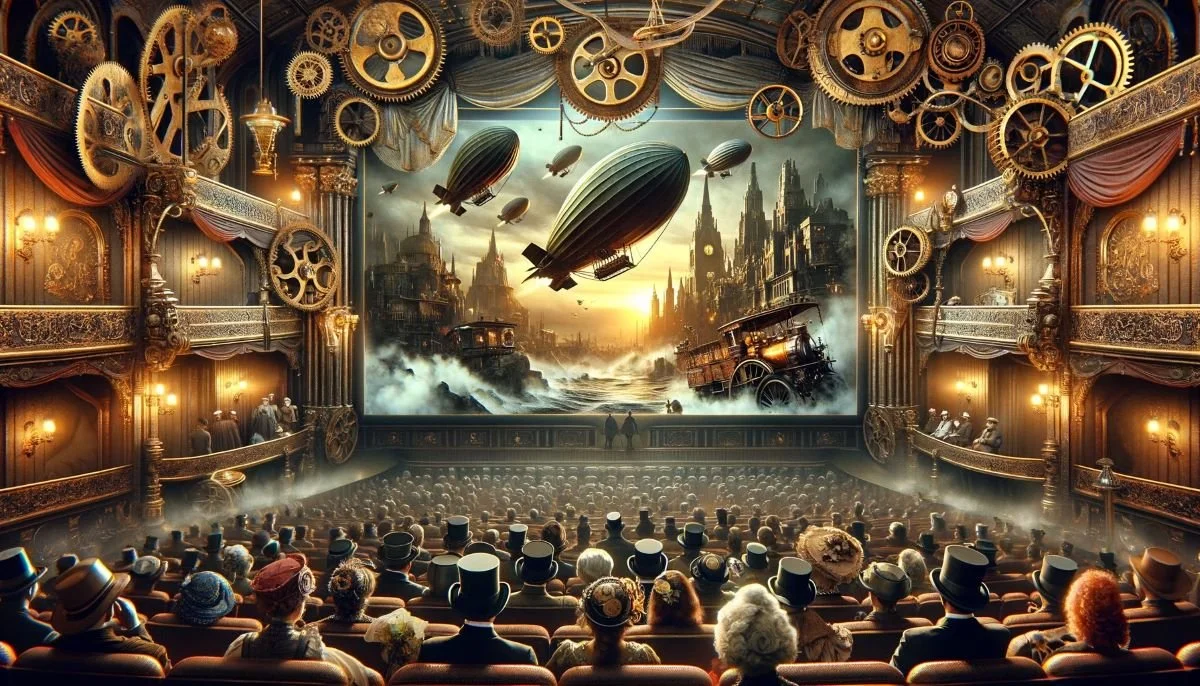
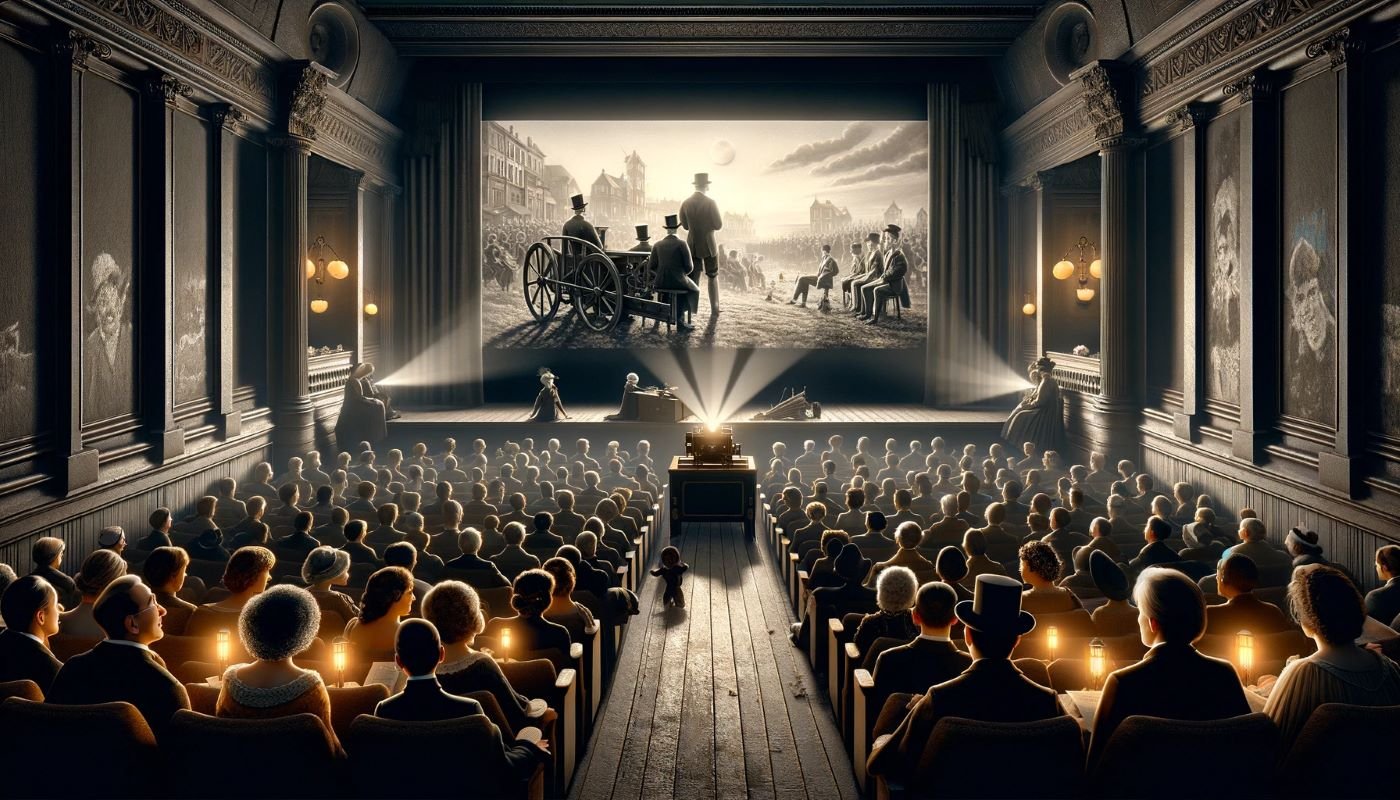
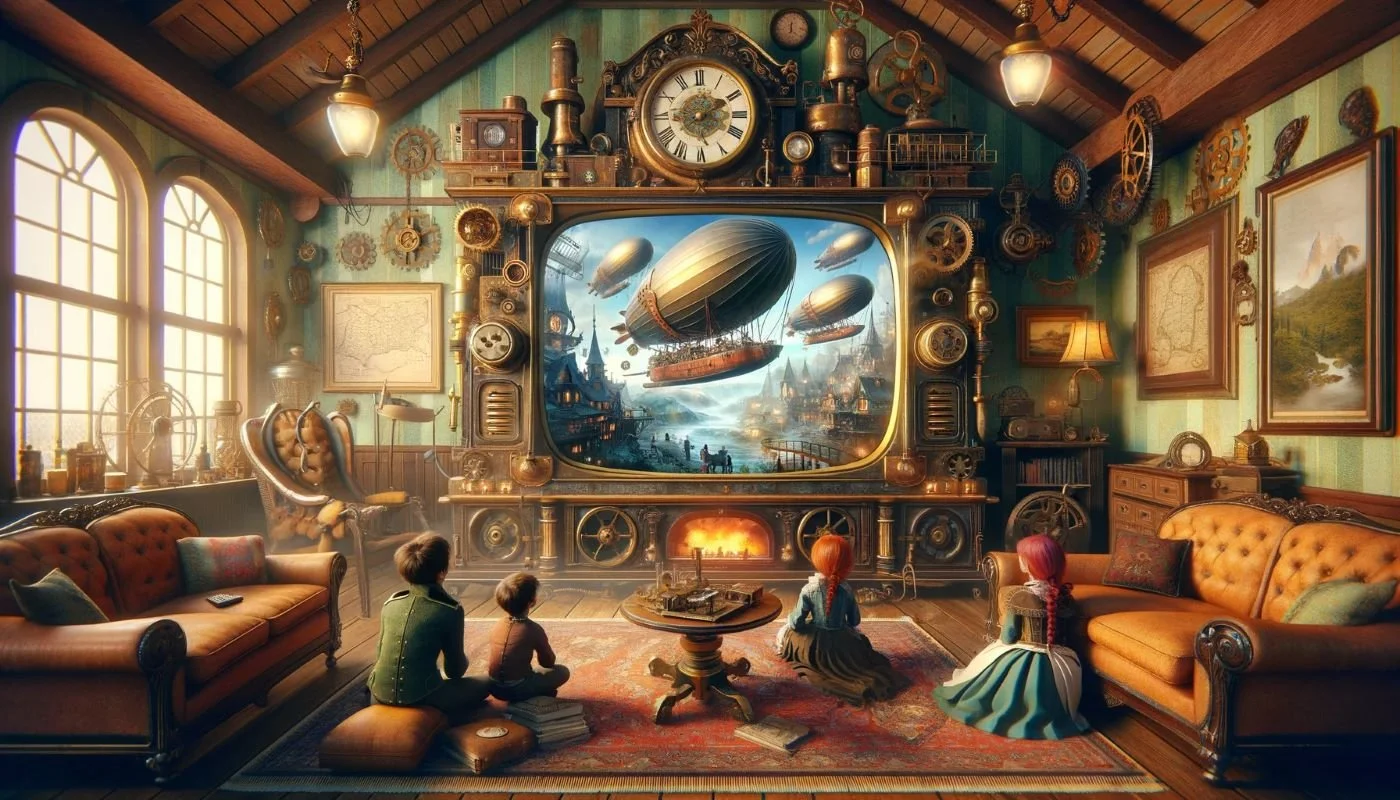
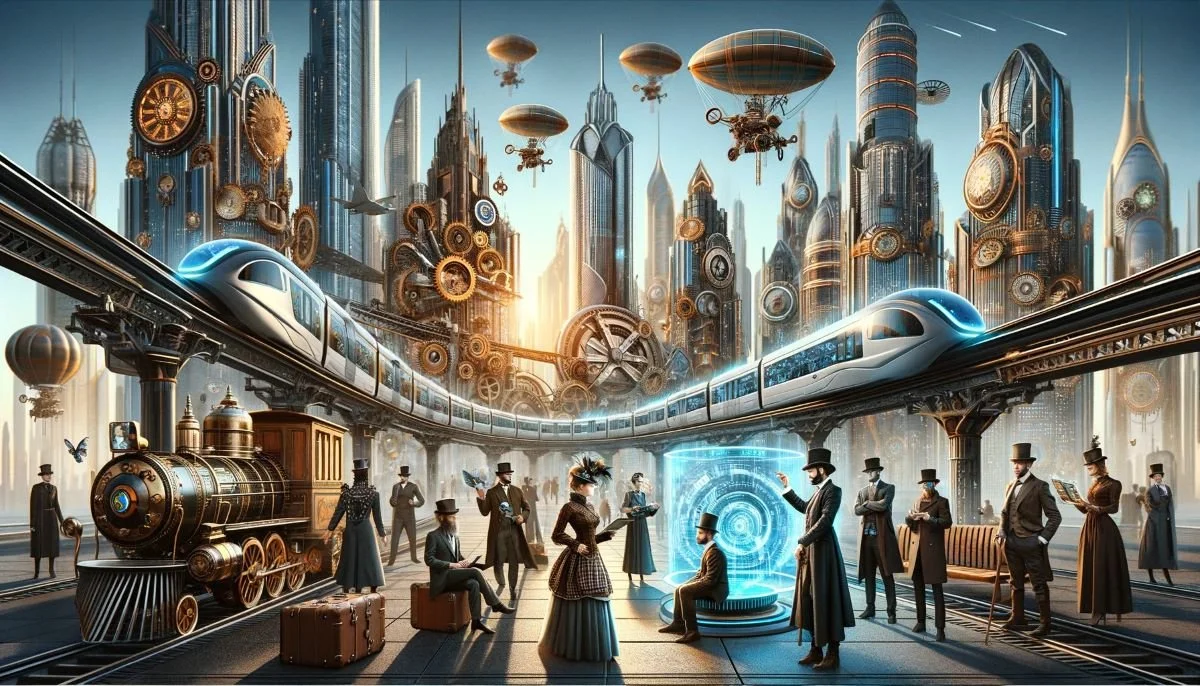
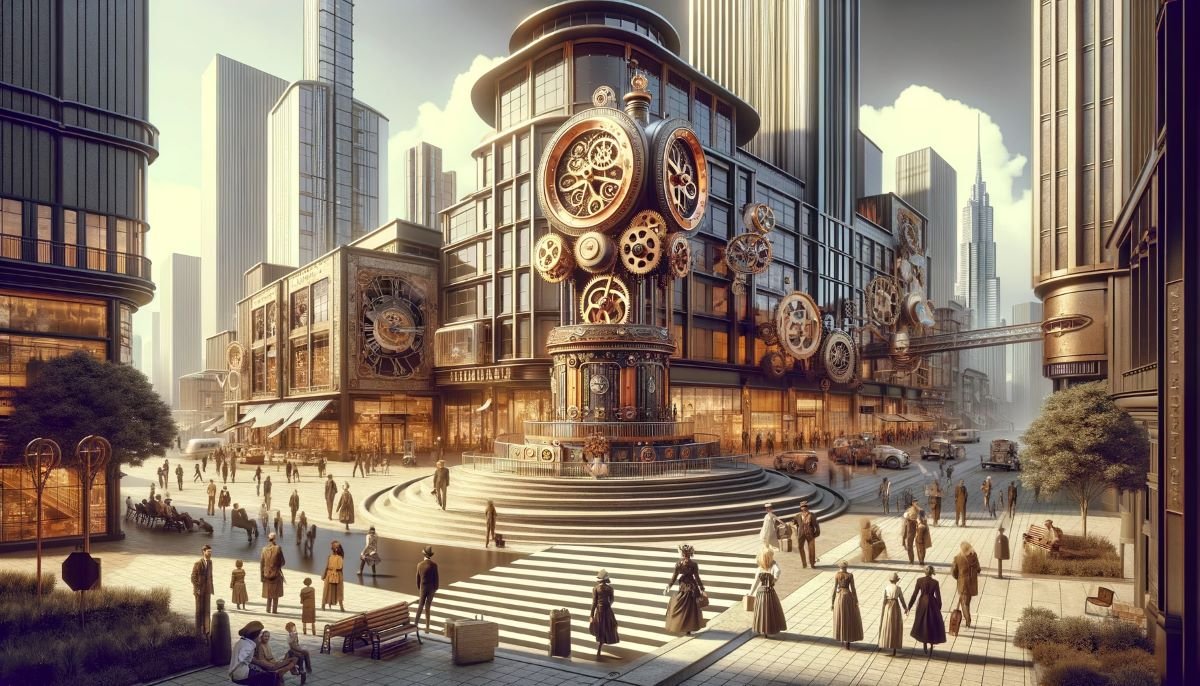



0 Comments